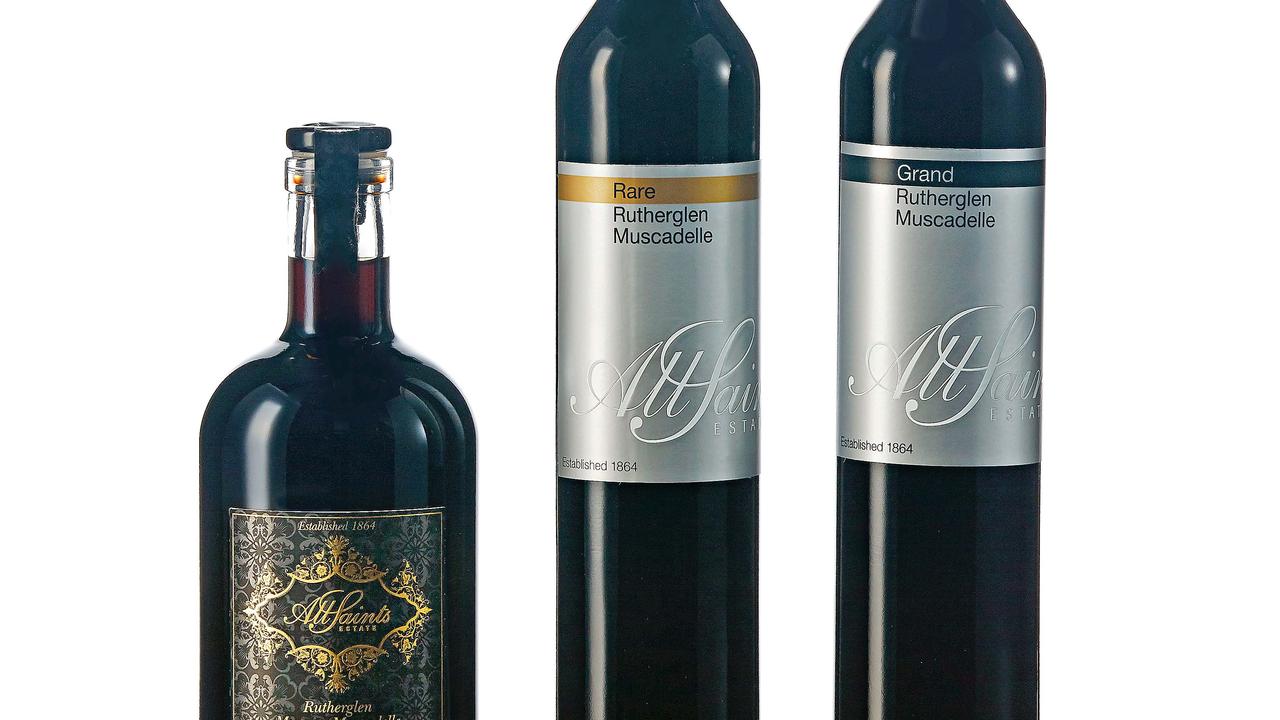What a croque
Snack time. Don’t settle for a boring sandwich. The delicious croque monsieur is your man. Here’s how to make one.
It was a classic head versus heart scenario. In a corner of the menu marked "Virtuous" was some kind of granola concoction with fresh fruit and yoghurt. Probably with almond milk for an extra dollop of smugness. The kind of wholesome, sensible, high-in-everything-good breakfast we should all aspire to, every day. And in the corner labelled "Hedonistic", king of the toastie, the croque monsieur. I could almost hear it: "C'mon, you know you want to."
Who needs these kinds of dilemmas so early in the day? Had the night before been not quite so, um, enjoyable, the choice would usually be virtue. I'm old. But here's the paradox: when you are most in need of repair, you make choices least likely to help. A mild hangover needs a certain kind of fix, and the croque monsieur is quite possibly the ultimate such fix. Think about it: buttery, crisp toast; excellent molten cheese; good ham; a cheesy bechamel sauce and black pepper. Carbs, salt and fat, an unholy trinity of poor nutrition that just happens to be utterly delicious, regardless of how tired and emotional you may have been the night before.
To call it a popular French snack is to undersell its massive contribution to societies far beyond Gallic borders. To call it a toasted cheese sandwich is just plain wrong. As with anything that has had a good 106 years to gestate (croque monsieur sandwiches were first served in 1910 at Le Trou Dans le Mur on the Boulevard des Capucines in Paris, according to Larousse Gastronomique), there are many variations and much conjecture on what the real croque was/is.
What bread? Which cheese? The cooking method? Bechamel or not, and if so, is it inside, out, or both? Research suggests it all started with the brioche-like pain de mie, crusts removed, and a filling of gruyere and lean ham — nothing else — cooked in a pan with clarified butter. Good luck with finding the bread, and does authenticity really matter anyway?
As the heroic, pragmatic Julia Child, that down-to-earth American Francophile, wrote in one of her books: "Who is to say, for example, among the many existing versions, what was the original croque monsieur? I suspect it was the simple one — a slice of ham between two slices of cheese then sandwiched between two slices of fresh white bread, and slowly sauteed in butter. Since there is no known classical rule to guide us, however, the cook should feel free to adapt to circumstance, cheese, and mood."
The cook, indeed, does. So this is my version of the ultimate 2016 Australian croque monsieur. Make a nice bechamel — butter, onion, garlic, milk, flour, bay leaves (look it up) — and add grated gruyere (Comte would be the zenith). Slice a quality sourdough loaf reasonably thinly, around 15mm, leave the crust intact, and spread Dijon mustard on what will be the insides of your sandwich. Assemble with sliced or grated gruyere, the best quality sliced ham you can find and a thick smear of your sauce. Season.
Smother the outsides of your sandwich with soft, quality butter and put it in an oven at 180°C (fan bake) for 15 minutes. This will ensure molten-ness. Finish by transferring the sandwich to a frypan at medium heat to give more colour and that all important crisp shell (croquer being the French verb "to crunch" or "to munch".) Eat.
Julia would approve of the sandwich, if not the hangover.


